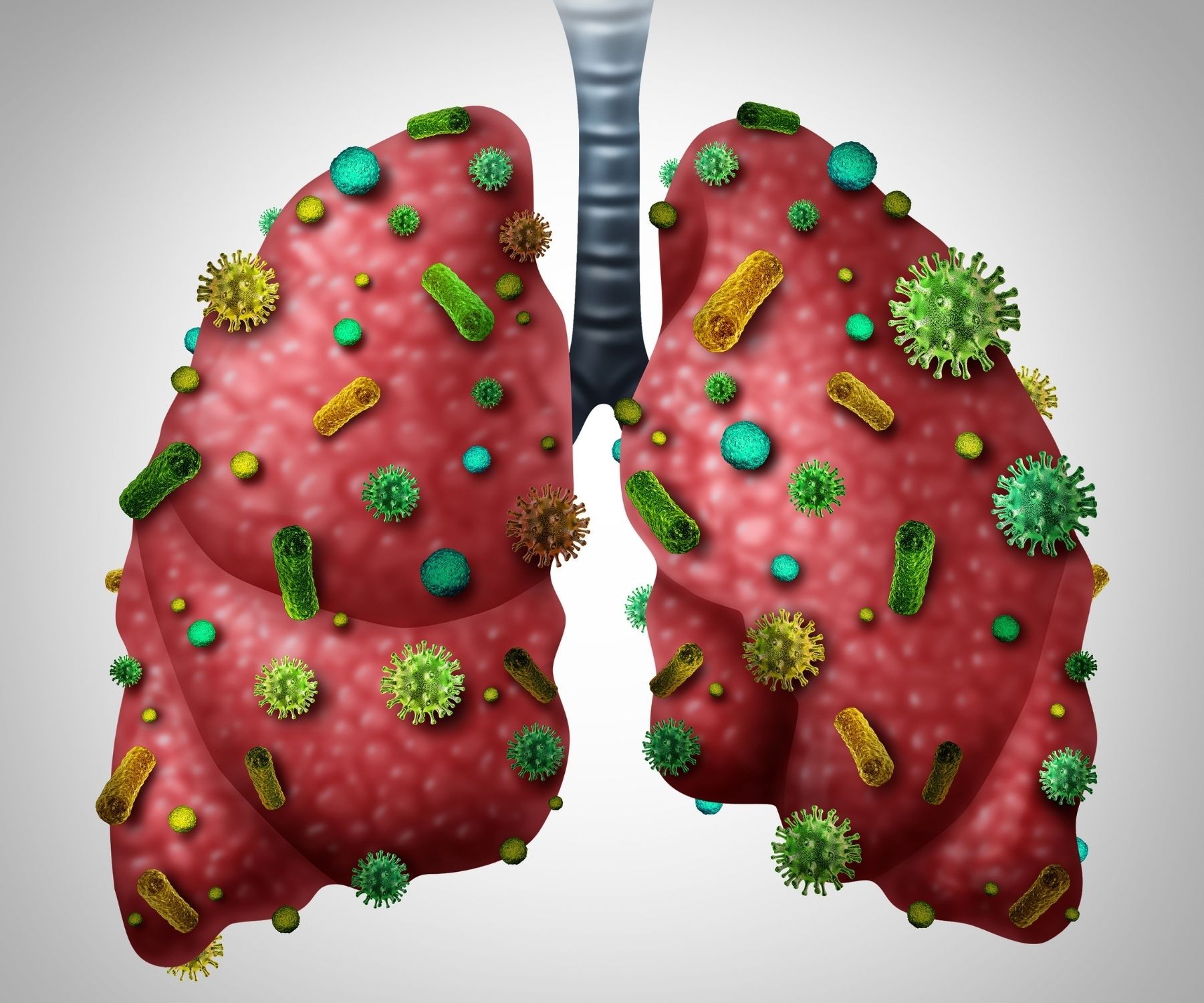 Diseases are caused by organisms too small for the naked eye to see. They live, multiply, and eventually pass on.
Diseases are caused by organisms too small for the naked eye to see. They live, multiply, and eventually pass on.
Some of these organisms are healthy and beneficial for our health, while others do the exact opposite, which isn’t always an issue because humans are built with an immune system to protect us.
However, our immune system is sometimes not strong enough to fight off the bacteria or viruses causing diseases.
This becomes more of a problem once we’ve reached our declining years of life, where our body becomes more susceptible to catching colds, infections, viruses, and falling Ill.
To prevent falling ill, it is essential to receive the proper health advice needed for your sick or elderly loved ones. Though if you feel like you can not guide your family on your own, then don’t worry.
Contacting a doctor or Home Care Lakewood co will provide you with the information you need to help properly care for your family.
Airborne diseases are very common and can infect anyone at any time of day or place. To avoid getting infected and to protect ourselves, it is better to understand what airborne diseases are and some measures to prevent them.
Table of Contents
What are Airborne Diseases?
Airborne diseases pass from one person to another by microorganisms such as bacteria, viruses, and fungi. These microorganisms travel through the air as aerosolized particles.
These diseases are transmitted when individuals are in contact with infected dust or liquid.
When someone who has been affected breathes, coughs, or sneezes, that person sends respiratory droplets continuing viral particles through the air.
Some common disease-spreading pathogens are influenza, COVID-19, rhinoviruses, and the varicella-zoster virus.
The significant effect that the viral particles may negatively pose on our health increases when we realize airborne diseases can be spread through the air about 6 feet away when we sneeze and produce about 20,000 droplets per sneeze.
In contrast, a cough may produce a few hundred droplets. Of all these droplets containing viral particles, most heavier and larger ones will fall to the ground, while smaller droplets will remain suspended in the air.
The less humidity there is in the air, the longer these droplets remain suspended, which in turn increases the risk of contracting an airborne disease.
What is a humidifier, and how does it work?
A humidifier is a device designed to increase the humidity (moisture) in a room. The three most common types are types are:
Evaporative Humidifiers
These are a type of cool mist humidifier, which means that the mist they release is at a cool temperature. It works by speeding up the process of evaporation.
Inside the device contains water and a fan. The fan blows air through a damp filter, which causes the water to evaporate into vapour.
This water vapour is then blown into the room and increases the humidity levels. This humidifier ensures the water is clean and requires the occasional filter change.
Warm mist humidifier
This device changes the water to vapour by boiling it. A warm mist humidifier permeates vapour throughout the room much more quickly. Additionally, the boiling water purifies the air before it’s emitted into the room.
However, there are safety concerns regarding this humidifier. If you have small children or pets with a tendency to grab and knock things over, then a boiling water humidifier is best kept out of their reach.
Ultrasonic Humidifiers
After adding water, this device produces a high-frequency vibration that breaks down water into tiny droplets, which the fan blows out into the air.
These humidifiers don’t need a filter and operate more quietly than an evaporative humidifier.
Why do airborne diseases spread during the winter, and how does a humidifier help?
 Many different bacteria have a high tolerance to cold weather. Diseases like the cold and influenza survive and are transmitted more in dry winter conditions. Whereas in high humidity, they become more prone to die out.
Many different bacteria have a high tolerance to cold weather. Diseases like the cold and influenza survive and are transmitted more in dry winter conditions. Whereas in high humidity, they become more prone to die out.
This is because infected particles stay suspended in dry air longer. By using a humidifier, we reduce the chances of contracting several diseases that spread through the air.
Additionally, a humid environment clears the nasal and upper respiratory tract, which makes it less likely to contract airborne diseases.
What are the conditions to be met to maximize the humidifiers effects in preventing diseases and illnesses from spreading
According to an article on how humidity helps reduce virus transmission and a study conducted in 2013, humidity levels should remain around 40 percent to 60 percent relative humidity (RH). By doing so, the moisture will aid our respiratory system’s airways in its self-cleaning.
It will also lower the number of viruses and bacteria on surfaces and especially in the air, it will ensure the proper functioning of our tissue repair system, and it will protect the built-in barriers of our body.
In the 2013 study, when humidity levels of 23 percent were reached, the chance of getting infected from flu virus particles was 70 to 77 percent. It was still active even an hour after a coughing simulation was conducted.
In comparison, when humidity levels were raised to around 43 percent, the ability of the particles to cause infection dropped drastically to 14 percent. It takes 15 minutes for most flu particles to become inactive after being released into humid air.
The bottom line
How Do Humidifiers Reduce The Chances Of Airborne Diseases? The spread of airborne diseases has been a concern from the beginning. Throughout centuries, time and effort have resulted in small strides in eliminating most airborne diseases.
There are records that show that the flu has been around for more than 1500 years. Humidifiers are an added preventative measure against contracting many airborne diseases.
Viral particles containing infections and diseases easily spread through the air simply by breathing them in.
Droplets are released in the air with the infected viral particles when an infected individual sneezes, coughs, or, surprisingly, even breaths.
Studies have shown that higher humidity reduces the chances of getting infected via airborne diseases.
https://www.dristeem.com/applications/covid-19-resources/humidification-for-virus-reduction
https://journals.plos.org/plosone/article?id=10.1371/journal.pone.0057485








